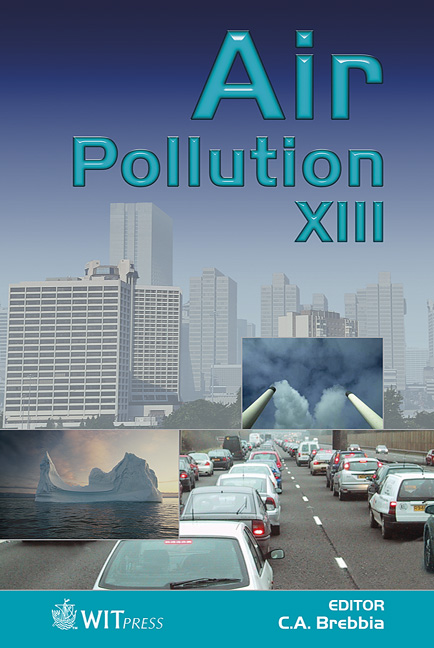Study Of The O3 -NOx Relationship In Different Periods Of The Year
Price
Free (open access)
Transaction
Volume
82
Pages
6
Published
2005
Size
350 kb
Paper DOI
10.2495/AIR050301
Copyright
WIT Press
Author(s)
N. Quaranta, C. Grasselli, M. Caligaris & L. Videla
Abstract
The processes involved in producing and transporting ozone (O3), the main component of the photochemical smog, have proved to be complex. From the scientific point of view, ozone gas is the combined result of complex physical and chemical transformations. Photochemical oxidizers as ozone are not emitted directly into the air, but are formed when nitrogen oxides (NOx) and hydrocarbons are combined having solar radiation as propellant. These gases are emitted by different sources such as vehicles, power plants and industries where combustion processes take place. The aggressiveness of the pollutant ozone depends on its concentration in the air, which is a function of the amounts of the precursor gases present and local and seasonal weather conditions. This work studies the ozone level variations in different periods of the year and the relation with nitrogen oxides concentration analyzed in the town centre, where the influence of motor vehicles on the quality of ambient air is noticeable. It is observed there is a direct relationship between the periods of maximum ozone concentrations and the presence of strong solar radiations. During the studied period, which involved three years, numerous episodes have been determined in which the levels have exceeded the standards accepted by regulations. They occur at the peak concentrations of the precursor gases and during the times of maximum solar radiations. Keywords: ozone, photochemical pollutant, exceedences.
Keywords
ozone, photochemical pollutant, exceedences.





